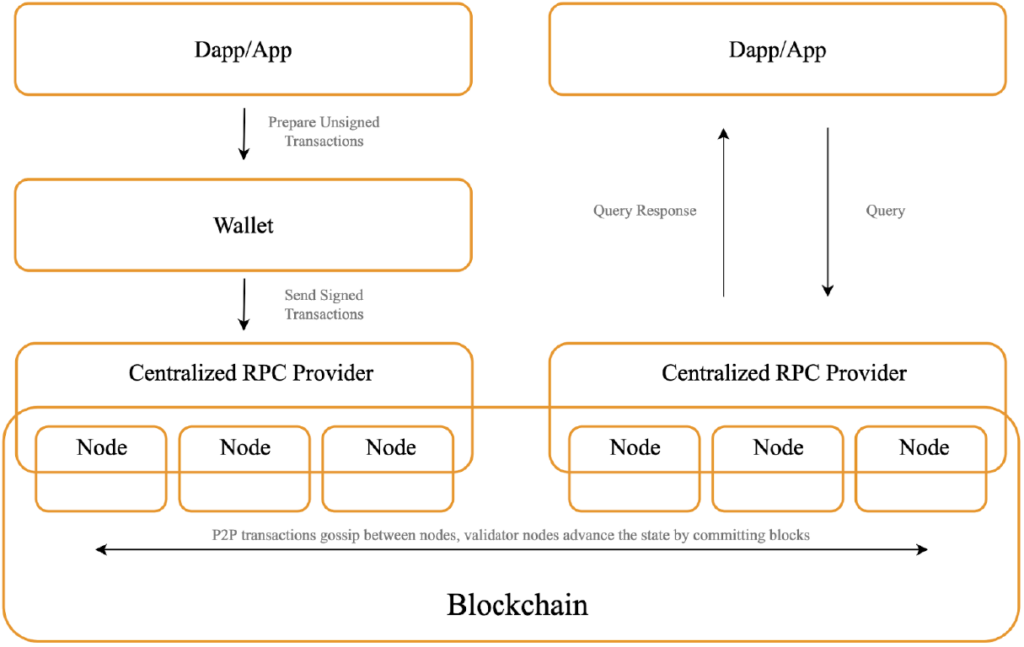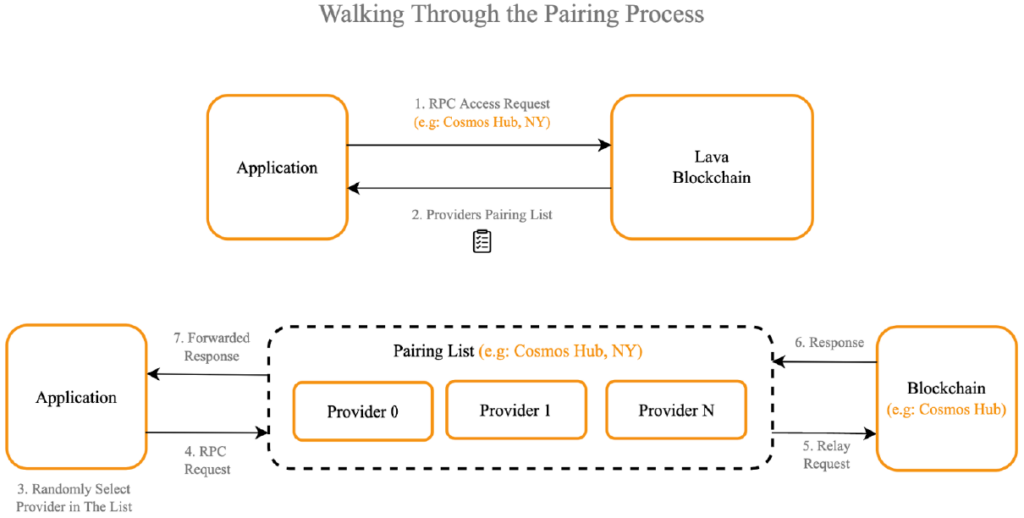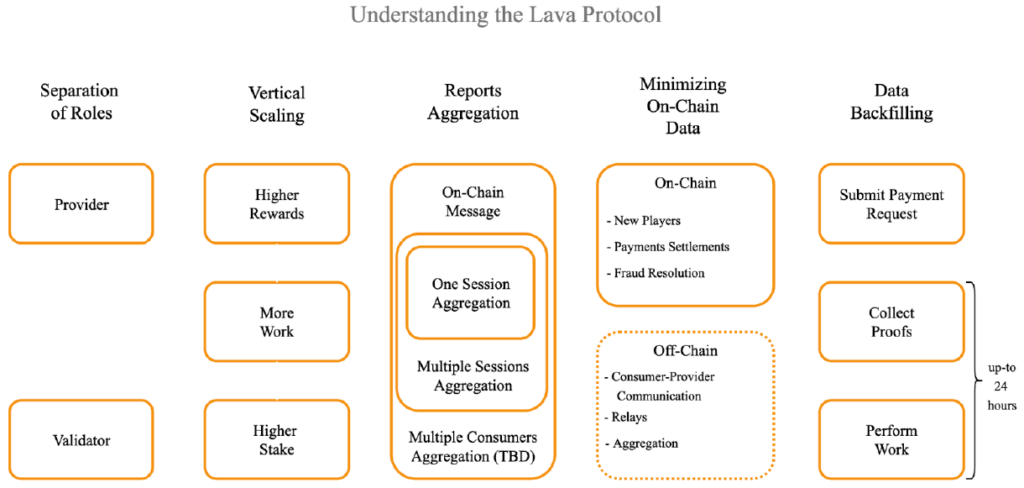Today Web3 is subject to attacks from, because any individual party can manipulate query responses, capture and sell valuable user data, and even censor transactions to specific dapps. However, the market has created a small group of providers that serve the vast majority of web3 applications, and they are the single point of failure.
Lava uses a crypto-economic incentive framework and app-chain to coordinate node runners and applications in the trustless exchange of blockchain RPC service.
Public RPC endpoints suffer from a problem called the tragedy of the commons, because there is no entity that carries out this maintenance. But also, Regulation by centralised bodies is prone to corruption and misallocation of attention and funds.
Light clients are often advertised as a panacea for node centralization. While useful, they are not a complete solution for scalable decentralization. Moreover, the mass usage of light clients as a replacement for RPC nodes would quickly outgrow the insufficient supply of nodes required to service them in the peer-to-peer network.
Lava will use light clients to improve the efficiency of our Conflict Detection process, working with unfinalized data and reducing the trust assumptions with our Conflict Resolution consensus protocol.
There are many examples where this single point of failure has led to significant disruption. As long as Web3 continues to rely on trusted third parties, the current RPC layer is an exploitable flaw at the heart of the system.

The Lava Network solves these issues by coordinating a globally distributed, decentralized network of nodes, while ensuring data accuracy and network redundancy using crypto-economic incentives and consensus mechanisms. This is key to unlocking the many benefits of decentralization.
Lava Blockchain is a Proof-of-Stake appchain built using the Cosmos SDK and Tendermint Core, a BFT consensus algorithm. This development kit is the open-source standard for creating sovereign, decentralised and high throughput blockchains. Examples include Binance Smart Chain, Osmosis and Cosmos Hub.
Lava Protocol can be divided into 4 key stages which govern the interactions and exchange of value between Consumers, Providers and Validators:
Conflict Detection and Resolution
Trust requirements are minimized. Network actors can be held liable for inaccurate responses and inquiries. In case of conflict, dishonest or faulty participants will be eliminated as punishment and honest participants will be rewarded. The reward can get:
● The Consumer who detected the conflict
● The Provider who responded with the consensus answer in the initial verifiably random check (if consensus was reached)
● All the other Providers voted for the consensus answer in the Honest Majority
Pairing and Service
Providers permissionlessly join and participate in the Lava Network. Provider stakes are per spec. If Cosmos and Ethereum are supported, then two separate stakes are needed. When a Consumer wants to make an RPC call or send a transaction, they request a Pairing List of eligible Providers. Consumers receive a list of Providers for the requested Relay Chain and are providing service in the relevant geography.

Quality of Service
The Network is designed to account for subjective differences in service requirements across different applications. Each Consumer can submit a Performance Score for their Service Providers.
Payment Requests and Settlement
Providers check a Consumer’s prepaid amount to determine whether they can pay for the needed computational units for its request, ensuring the Provider’s eventual compensation for servicing relays.
Scalability is also encouraged across participation; Providers are incentivised to offer services across all blockchains, geographies, applications, and API specifications.

To support the economics of the Lava market, the Protocol introduces a native utility token: LAVA is the native token of the Lava Network, used to pay for transactions, align incentives between participants and to secure and govern the Network.
Web3 represents a paradigm shift in how we operate as a society, enabling distributed ownership and novel mechanisms for solving complex coordination and funding problems. The only alternative, which adheres to Web3’s foundational premise of decentralised access, is Lava.
